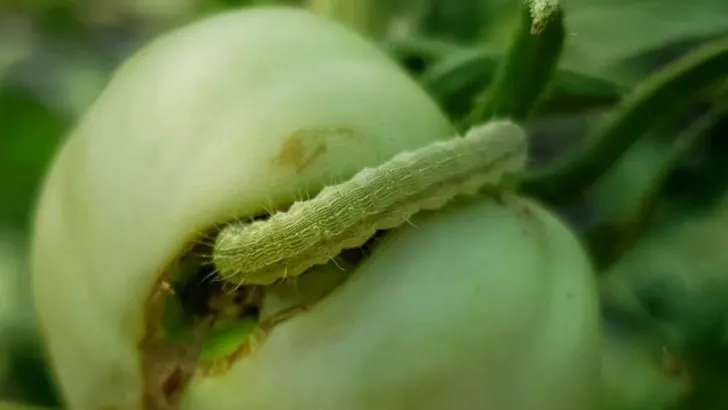Cutworms can wreak havoc on your garden by chewing through the stems of young plants, often killing them overnight. These sneaky pests hide in the soil during the day and emerge at night to feed. If you’ve been struggling with cutworm damage, don’t worry – there are effective ways to control them. Here are 11 simple tips to help you get rid of cutworms and protect your garden.
Use Protective Collars
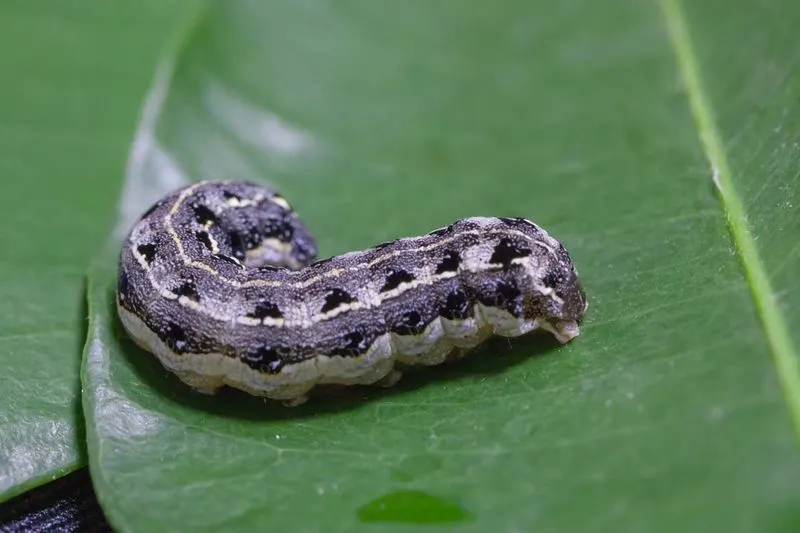
To shield your young plants from cutworm attacks, consider using protective collars. These can be made from simple household items like toilet paper rolls or aluminum foil. Position them around the base of each plant to create a barrier that cutworms cannot cross. This method is particularly useful during the early growth stages when plants are most vulnerable. Ensure the collars penetrate the soil slightly to deter any underground movements. This simple step can significantly reduce cutworm damage and is both cost-effective and environment-friendly. Plus, it’s a great way to repurpose materials from around the house.
Regularly Till the Soil
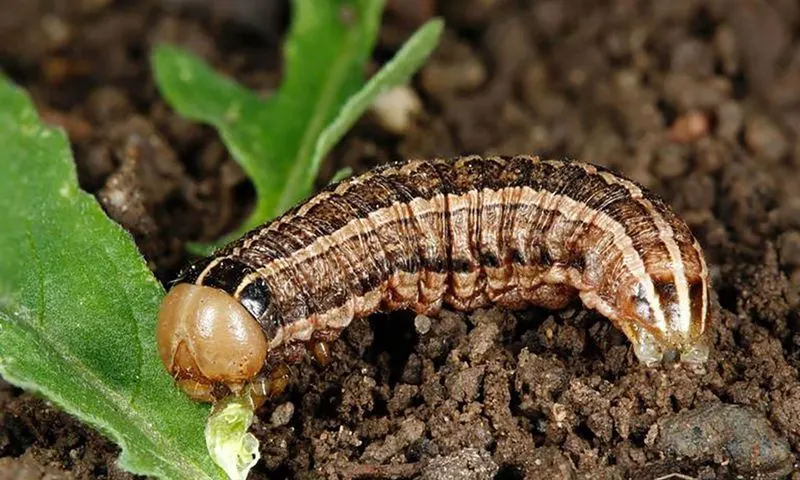
Tilling the soil is an effective way to disrupt cutworm habitats. By turning the soil, you expose and destroy the larvae and pupae hiding underneath. Consider doing this before planting and periodically throughout the growing season. Not only does this technique disturb the life cycle of cutworms, but it also aerates the soil, promoting healthier plant growth. Regular tilling can be a preventative measure that keeps your garden free from these pests. Incorporating this into your gardening routine can save you from more extensive pest control efforts later on.
Introduce Natural Predators
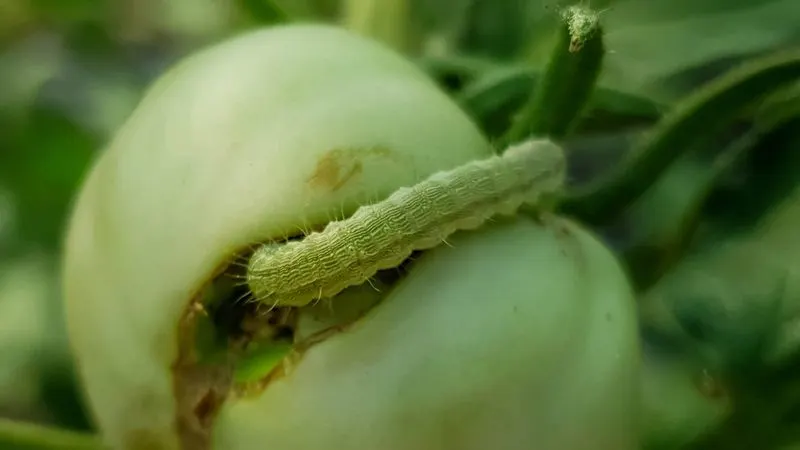
Harness nature’s own pest control by inviting cutworm predators into your garden. Birds, toads, and beneficial insects such as ladybugs and ground beetles are natural enemies of cutworms. Encourage these helpers by creating a welcoming habitat with water sources, shelter, and native plants. Not only does this reduce your reliance on chemical controls, but it also fosters a balanced garden ecosystem. Over time, these predators can help maintain a cutworm-free garden. This method is sustainable and adds a lively dynamic to your garden environment.
Apply Beneficial Nematodes
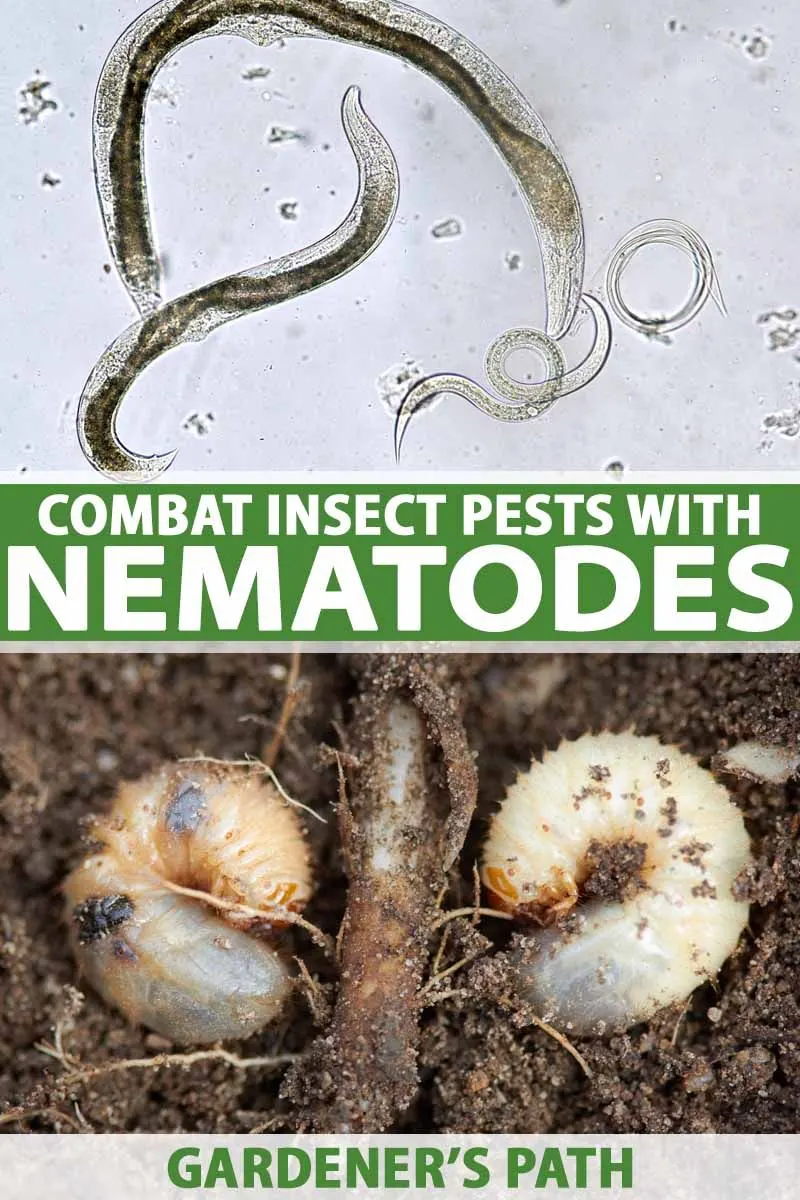
Beneficial nematodes are microscopic worms that can be a gardener’s ally in fighting cutworms. They parasitize and ultimately kill cutworm larvae in the soil. When applied correctly, nematodes can effectively reduce cutworm populations without harming plants or beneficial insects. Simply mix the nematodes with water and apply them to your garden soil, particularly in areas where cutworms are prevalent. This biological control is both safe and environmentally friendly. It also provides long-term protection by disrupting the cutworm life cycle. With nematodes, your garden can flourish with fewer pests.
Light Traps for Night Pests
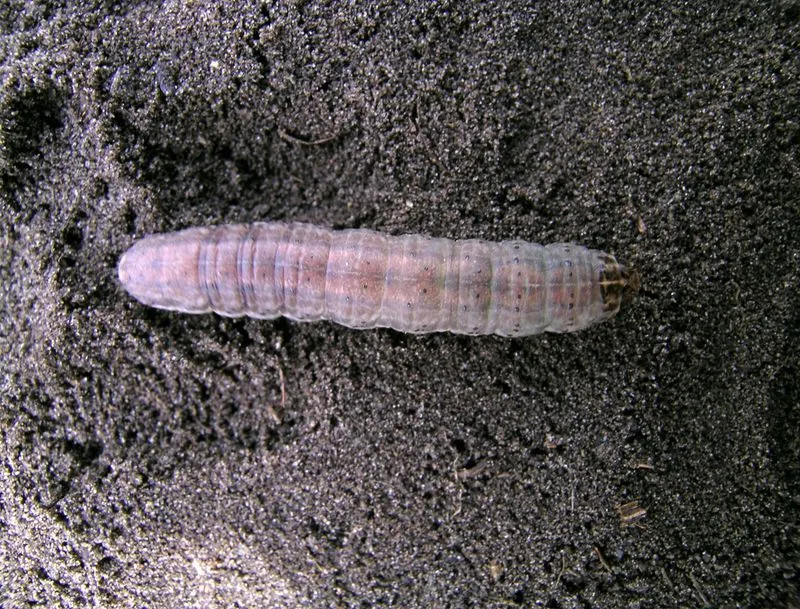
Cutworms are nocturnal and often go unnoticed during the day. Light traps can attract and capture these night feeders before they reach your plants. Set up a simple light trap by placing a bright light near a pan of soapy water. The light lures cutworms, causing them to fall into the water and drown. This method targets adult moths, helping to prevent future generations of cutworms. It’s an effective way to control cutworm populations while enjoying a pest-free garden. Using light traps is a non-toxic approach that fits well into sustainable gardening practices.
Plant Companion Species
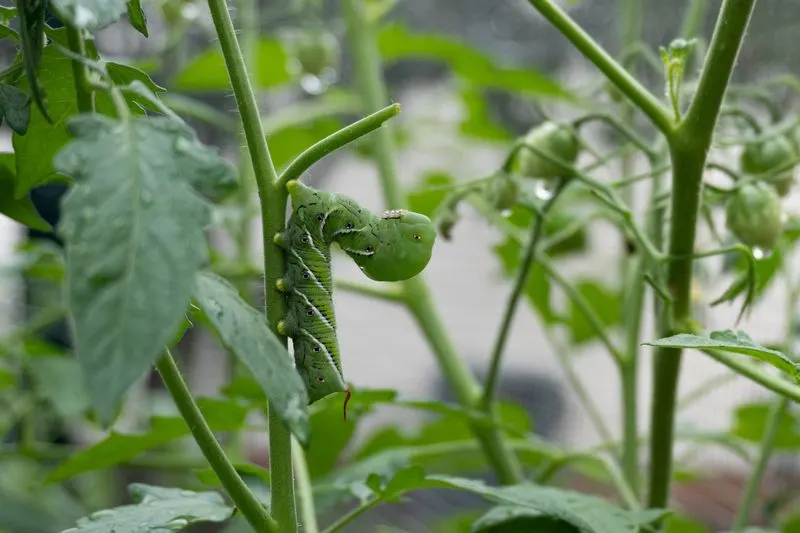
Companion planting is an age-old technique that can naturally deter cutworms. Certain plants, such as marigolds, garlic, and onions, have properties that repel these pests. By incorporating these plants alongside your susceptible crops, you create a natural barrier that cutworms are less likely to breach. This strategy not only helps in pest control but also encourages biodiversity in your garden. Plus, companion plants often attract beneficial insects, enhancing your garden’s health. It’s a simple yet effective way to keep your garden thriving while reducing pest issues naturally.
Maintain Garden Cleanliness
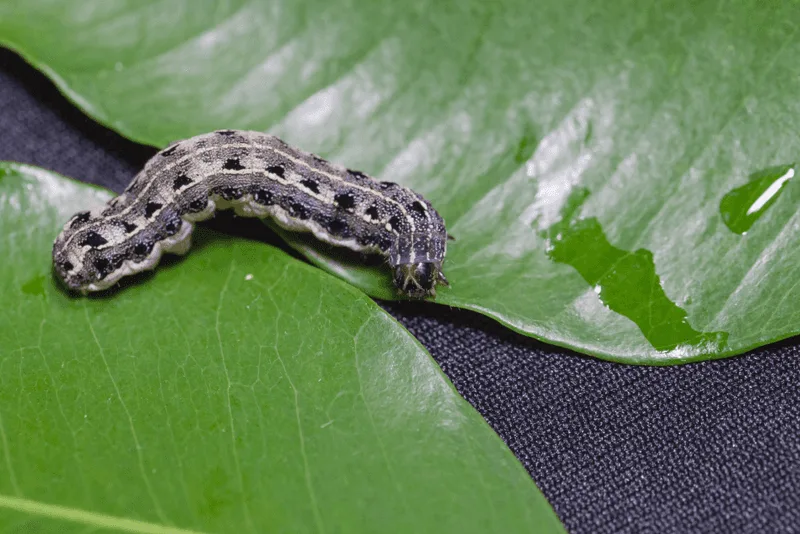
Keeping your garden tidy is a straightforward method to deter cutworms. Remove debris, fallen leaves, and plant residues regularly, as these provide shelter for cutworms and their larvae. A clean garden reduces hiding spots and interrupts the cutworm life cycle. Additionally, it helps prevent other pest infestations and diseases. By maintaining a clean environment, you promote healthier plant growth and reduce the need for chemical interventions. This practice is foundational for a thriving garden and can be easily integrated into your routine gardening tasks.
Use Diatomaceous Earth
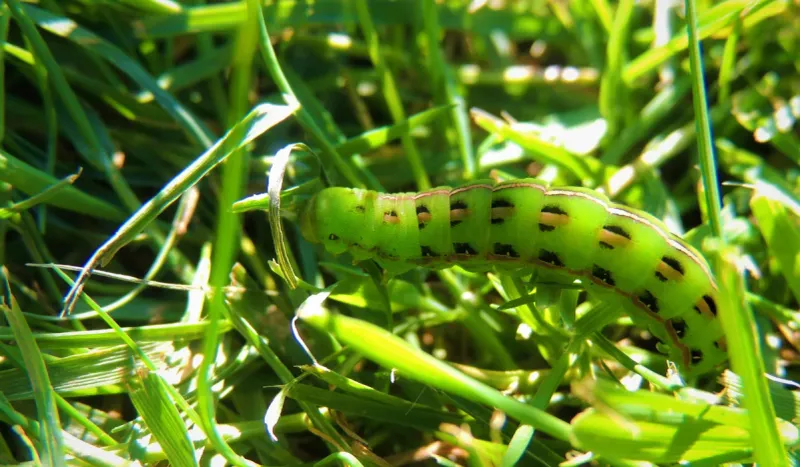
Sprinkling diatomaceous earth around your plants can be a physical barrier against cutworms. This natural powder is abrasive to insects with exoskeletons, causing dehydration and death. Apply it in a ring around your plants, especially after rain or watering, as moisture can lessen its effectiveness. Diatomaceous earth is safe for humans and pets but deadly to many garden pests, making it a valuable tool in pest management. Regular applications can significantly reduce cutworm populations. This method is both effective and eco-friendly, giving you a powerful ally in maintaining a healthy garden.
Regular Monitoring and Trapping
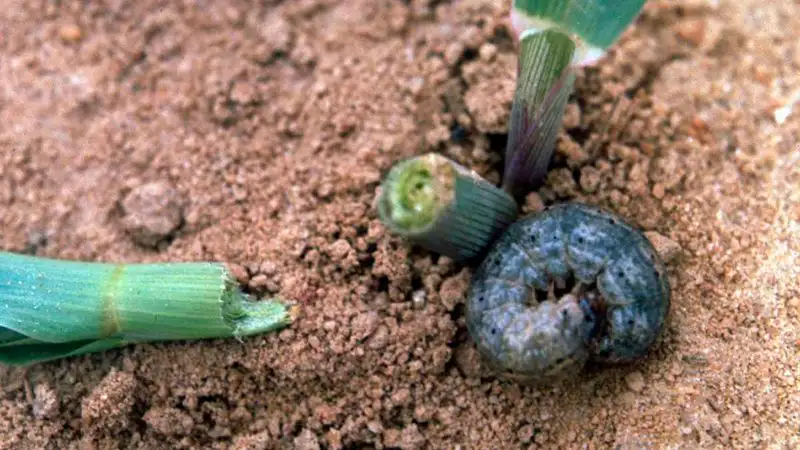
Regularly monitoring your garden can help you catch cutworm infestations early. Check plants for signs of damage and inspect the soil for larvae. Using traps like sticky boards can capture adult moths, reducing the number of eggs laid. Pay special attention during the early growing season when plants are most at risk. This proactive approach allows you to address problems before they escalate. Consistent monitoring and trapping are essential components of an integrated pest management system. They help maintain garden health by keeping pest populations in check.
Encourage Healthy Plant Growth
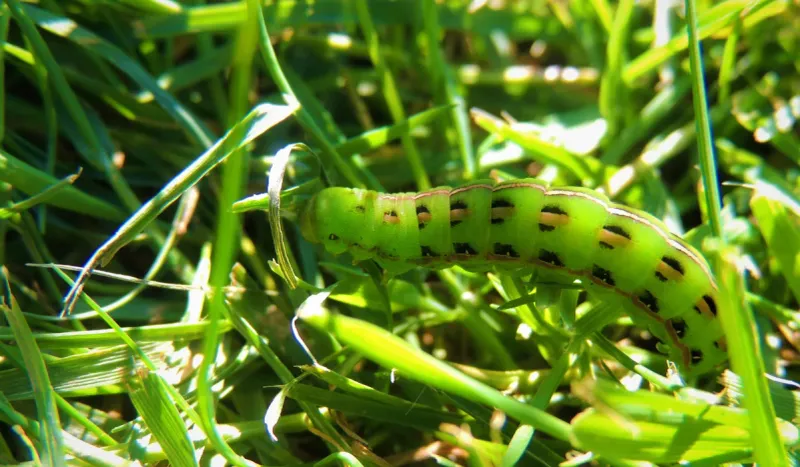
Healthy plants are more resilient to pests, including cutworms. Focus on enriching your soil with compost and organic matter to support robust plant growth. Water plants appropriately and ensure they receive adequate sunlight. Strong plants can better withstand pest pressures and recover from damage more quickly. Encourage diversity in your garden to promote a balanced ecosystem. By prioritizing plant health, you’ll naturally reduce pest problems, as healthy plants can fend off attacks more effectively. This holistic approach not only prevents cutworm infestations but also enhances overall garden vitality.
Rotate Crops Annually
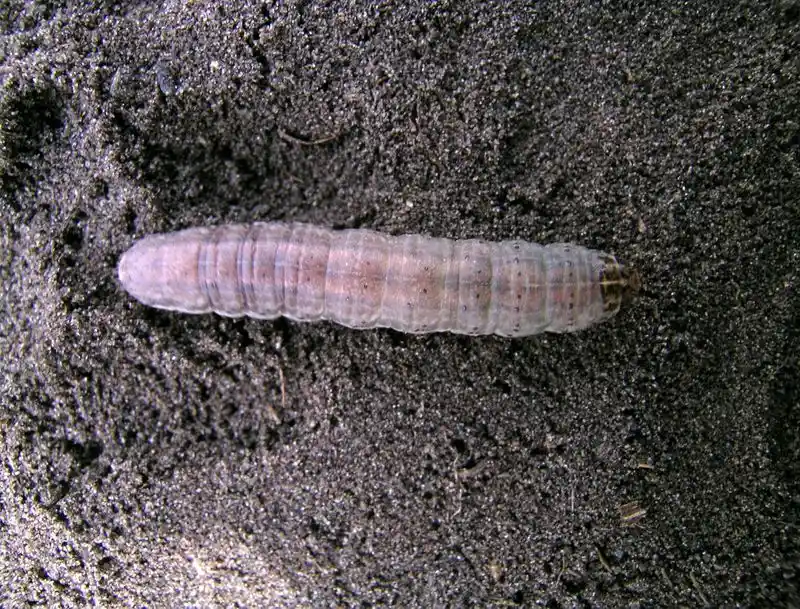
Crop rotation can disrupt the cutworm life cycle and reduce pest buildup. By changing the location of your crops each year, cutworms are deprived of their preferred host plants. Plan your garden layout in advance to facilitate rotation. This practice not only helps control pests but also improves soil health and fertility. Crop rotation is a time-tested agricultural technique that benefits both large and small gardens. Implementing it in your garden plan can significantly lower the risk of cutworm damage while promoting a sustainable gardening ecosystem.

